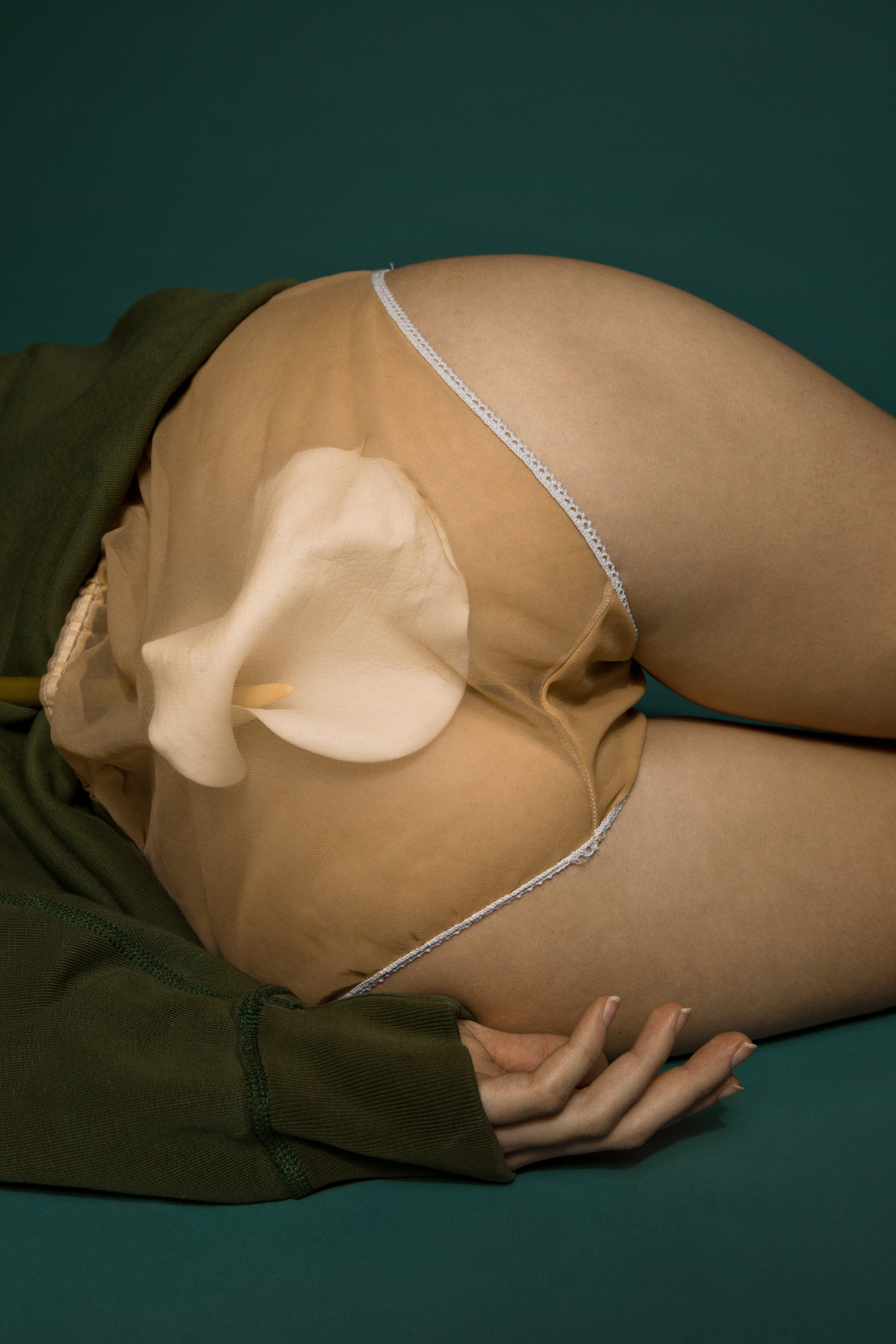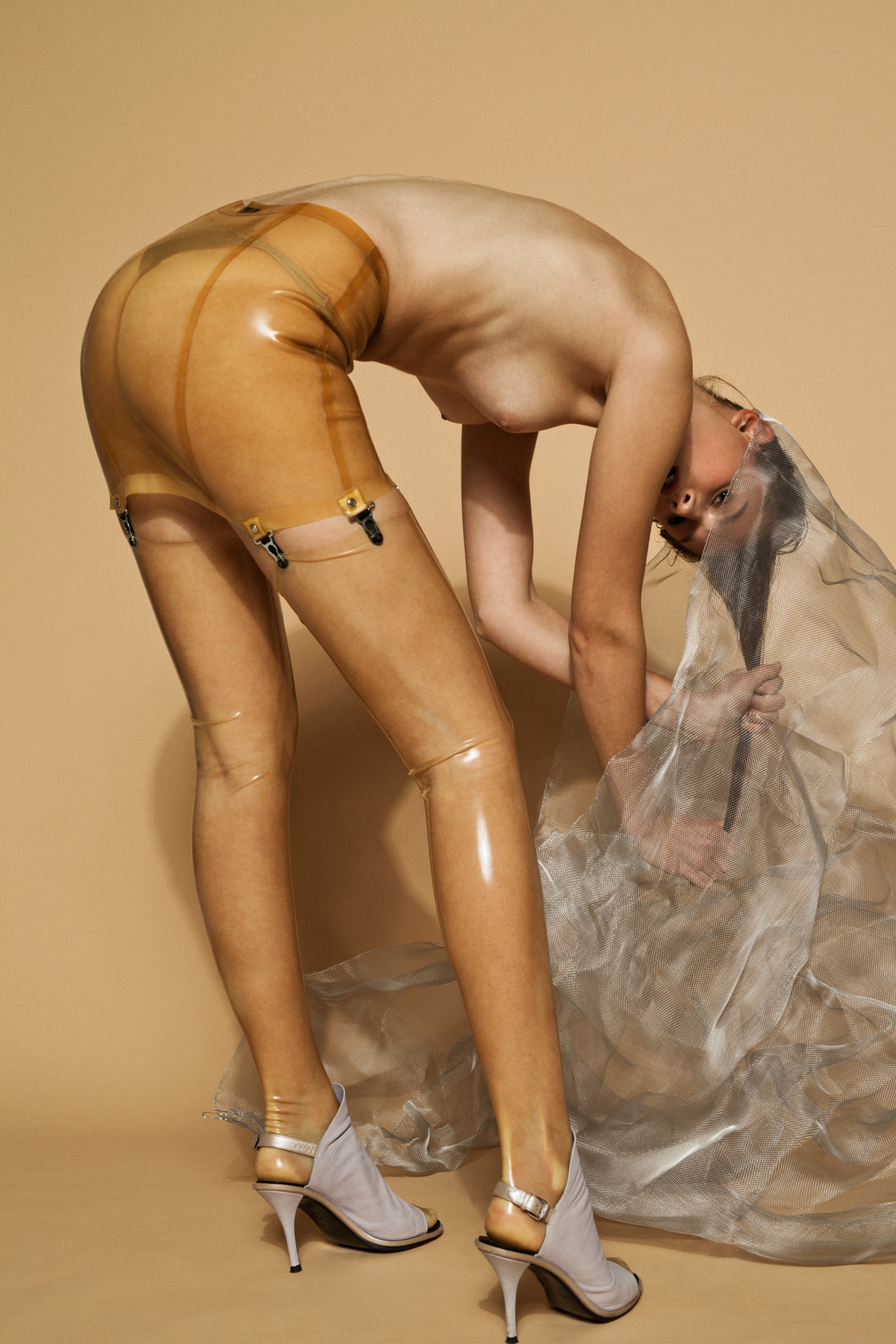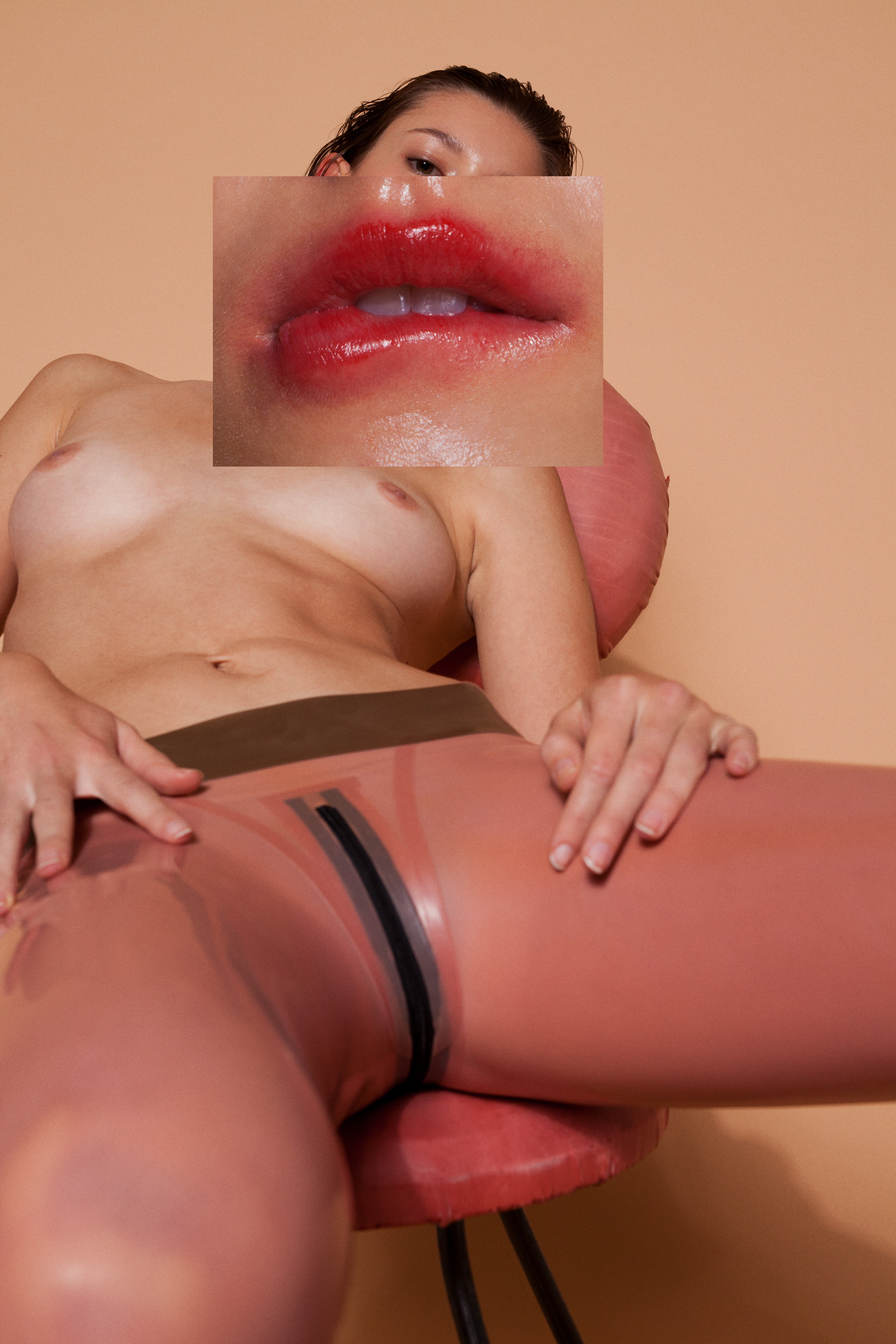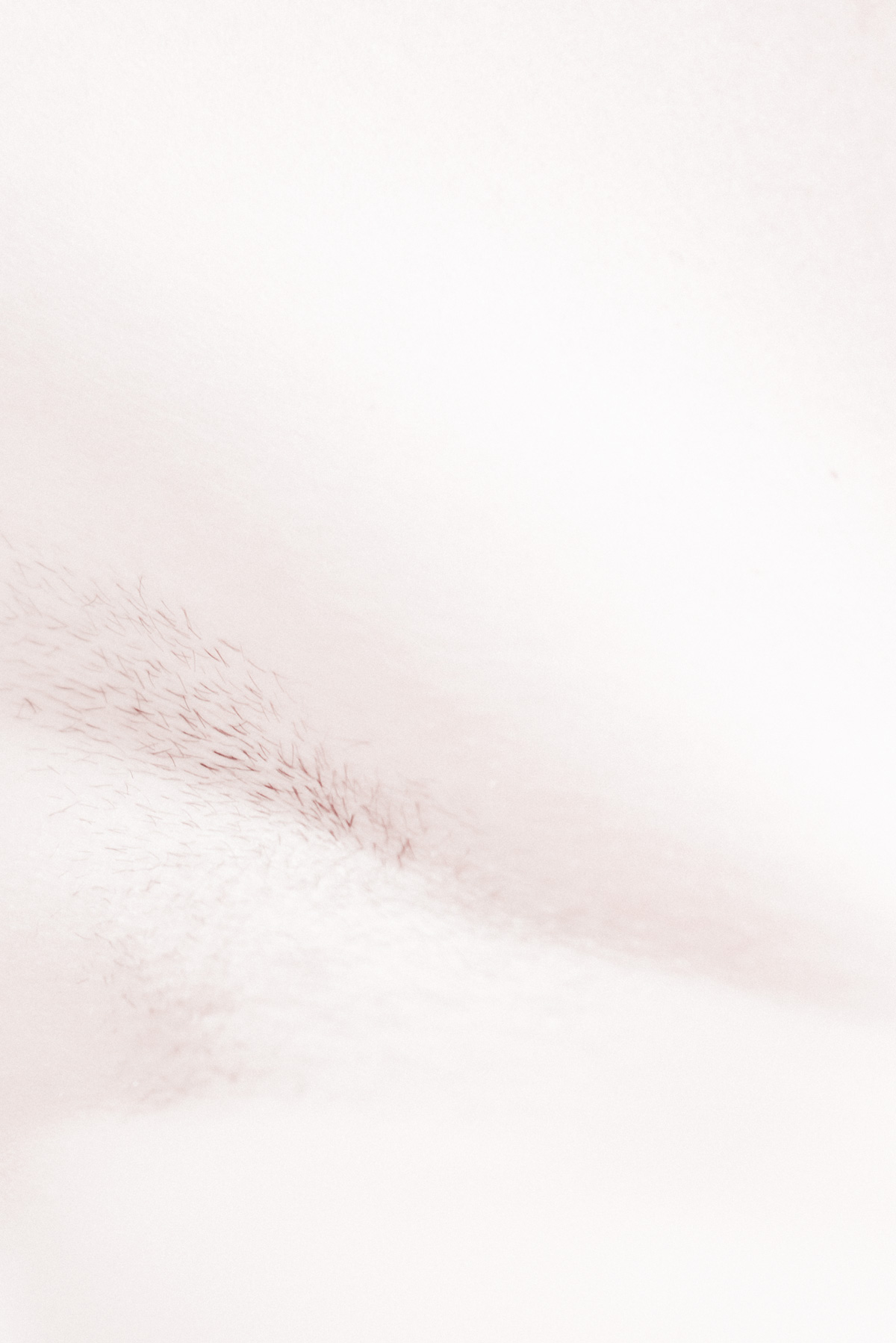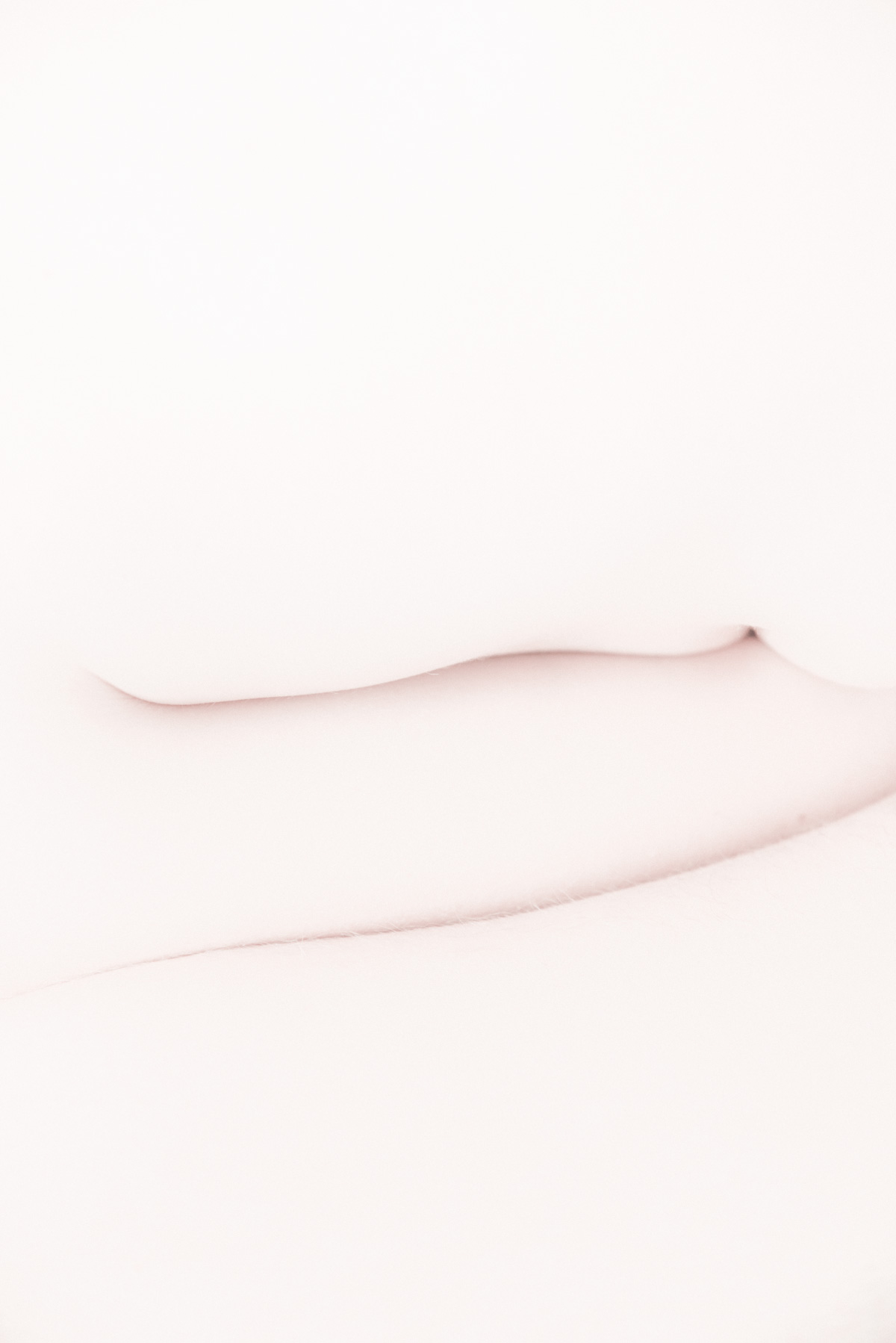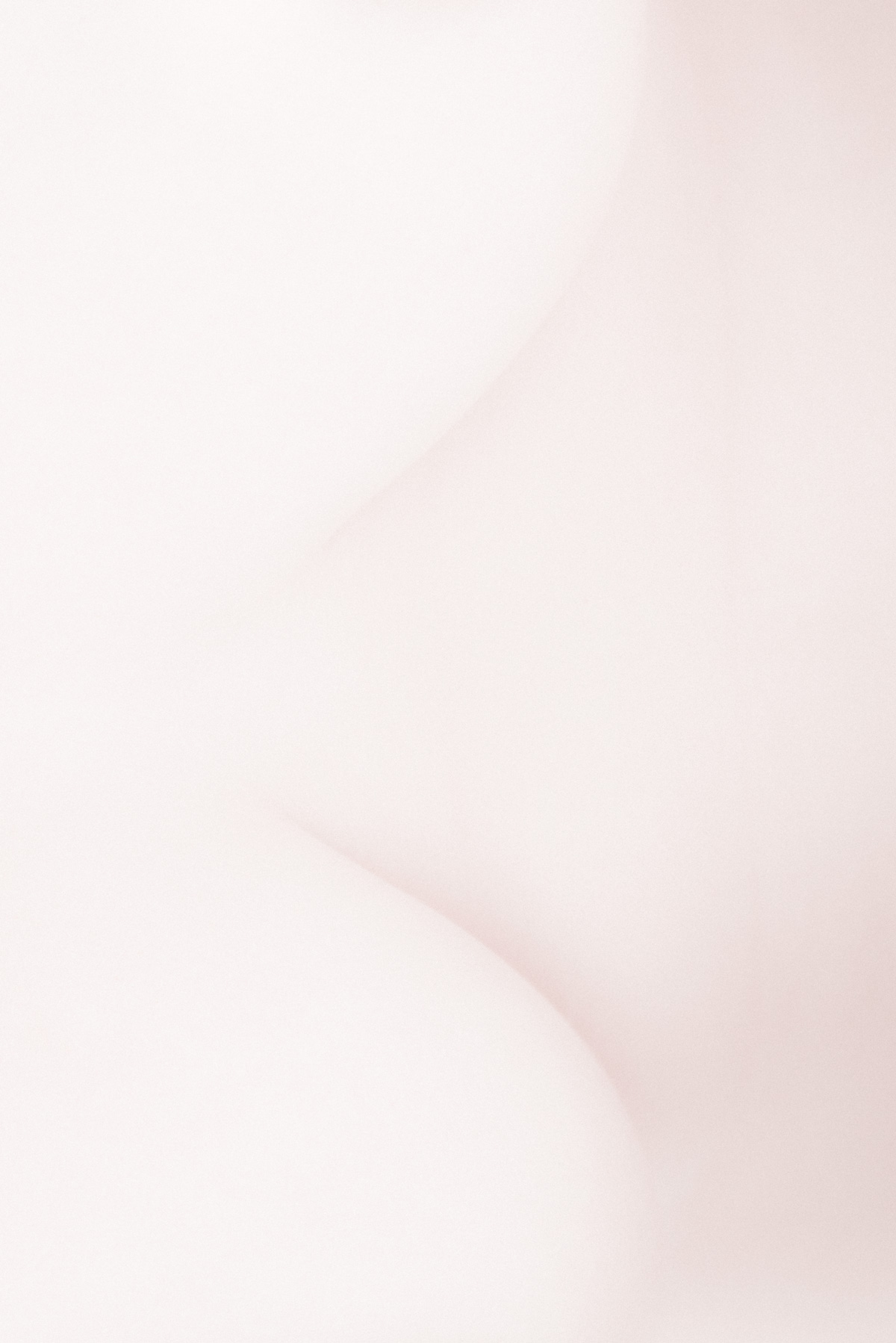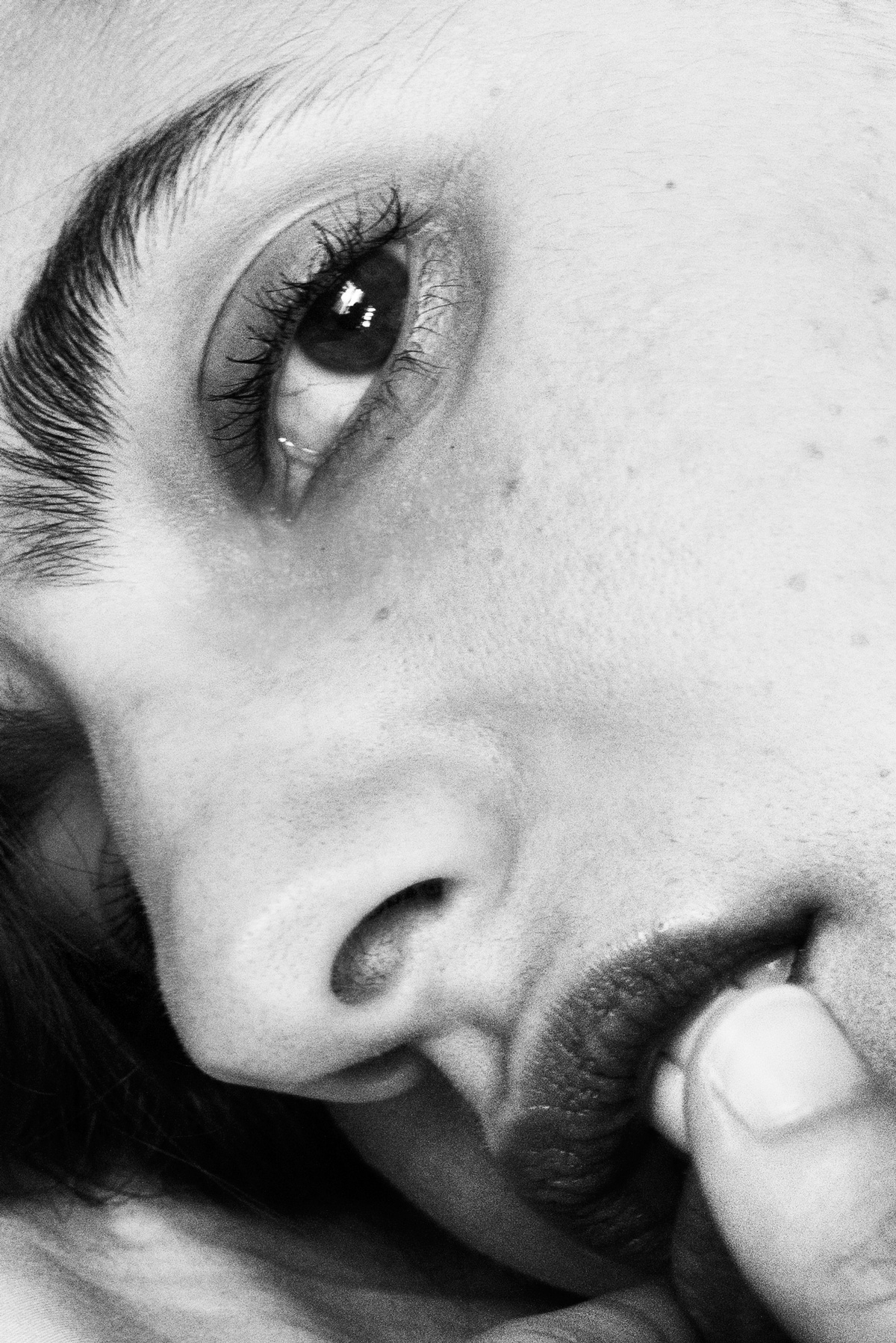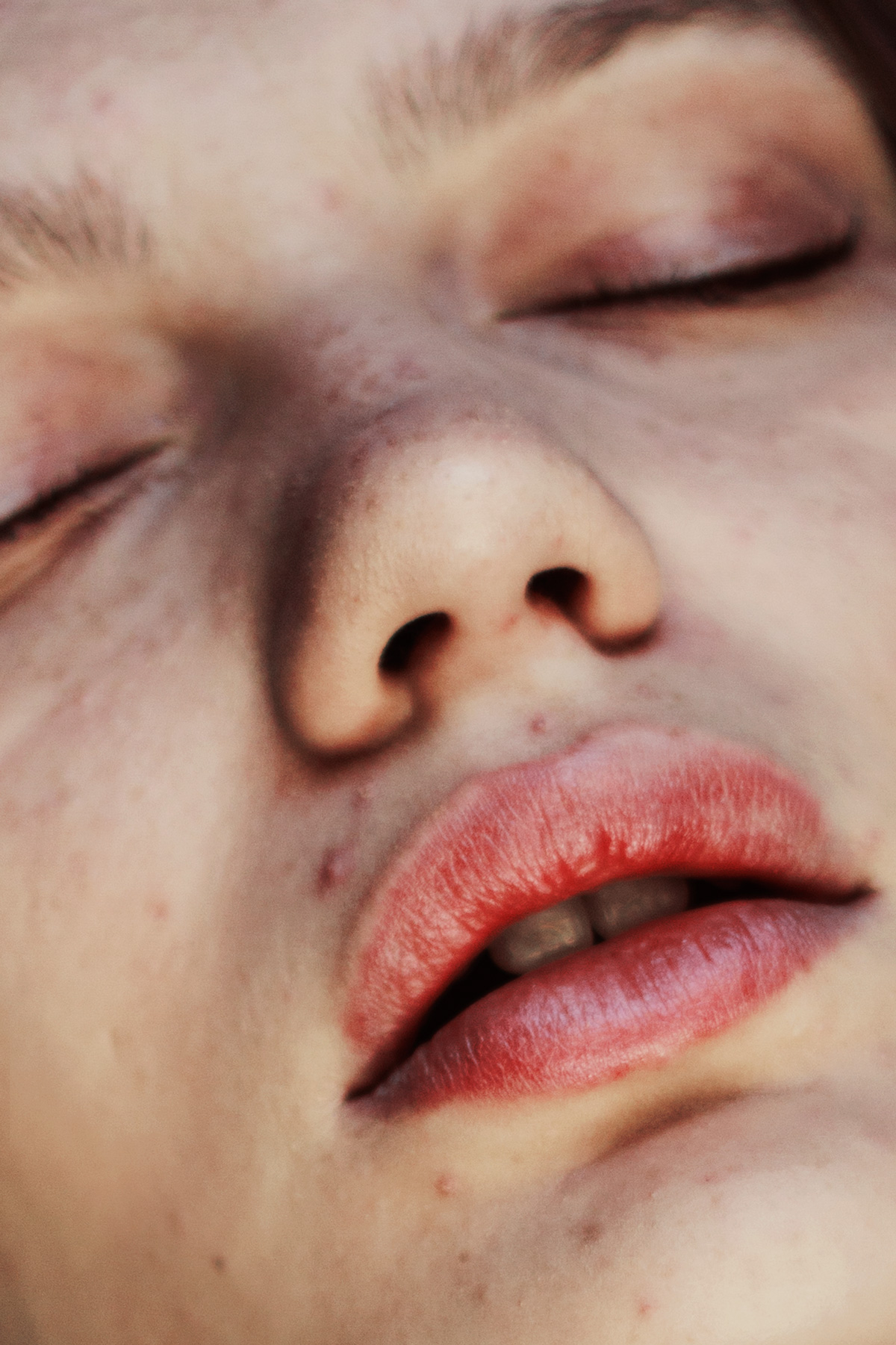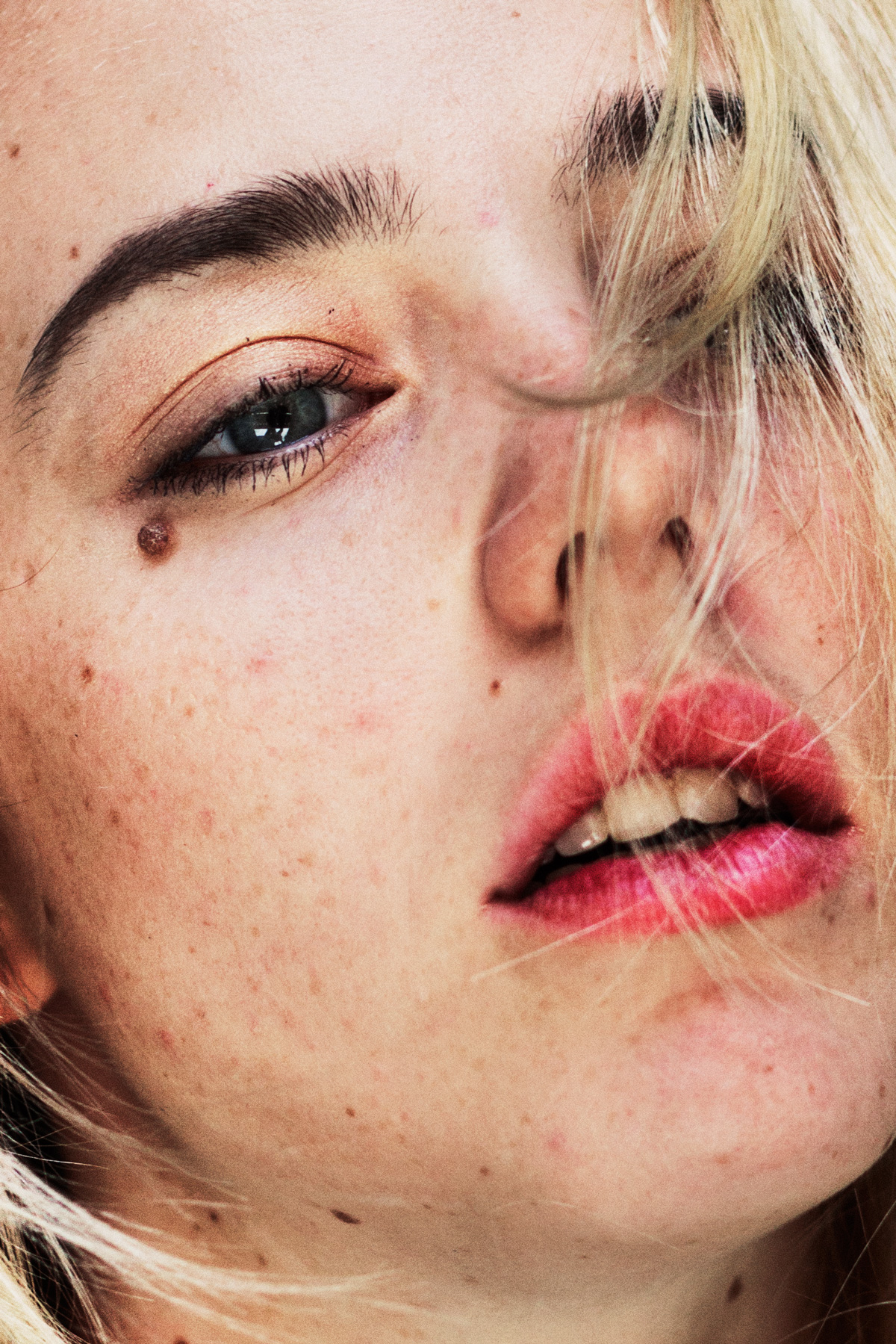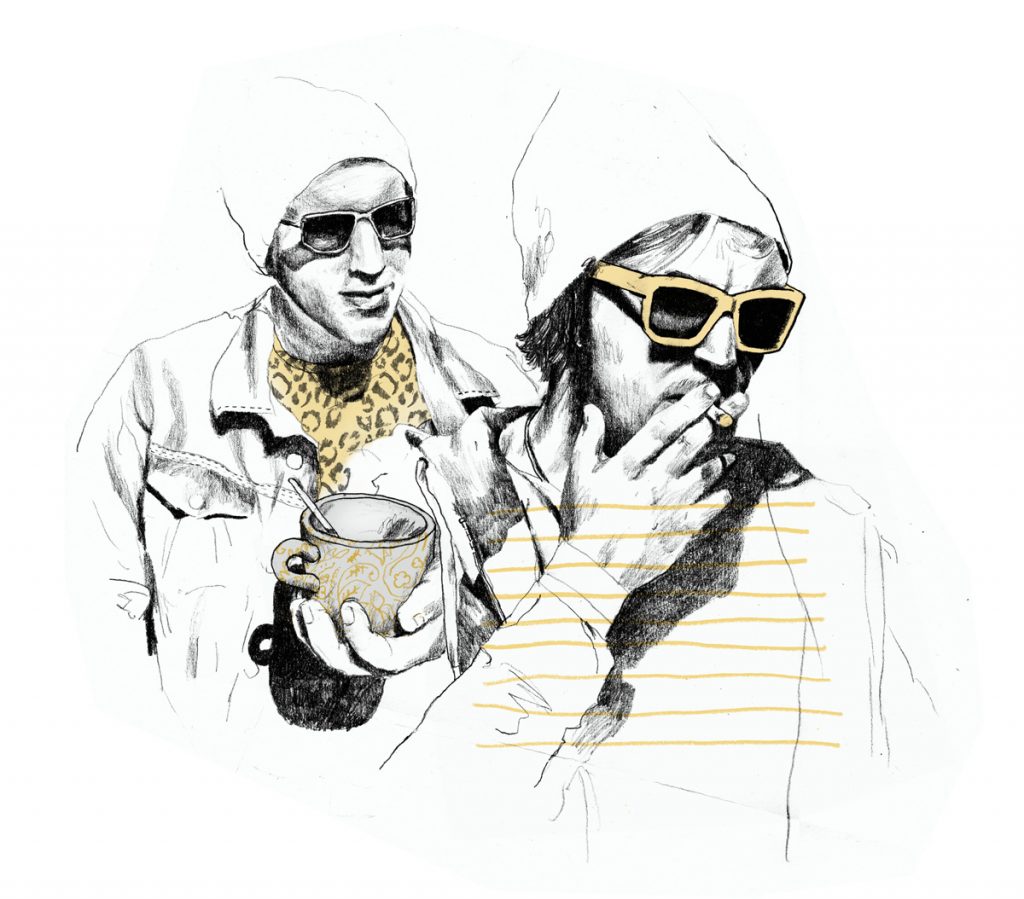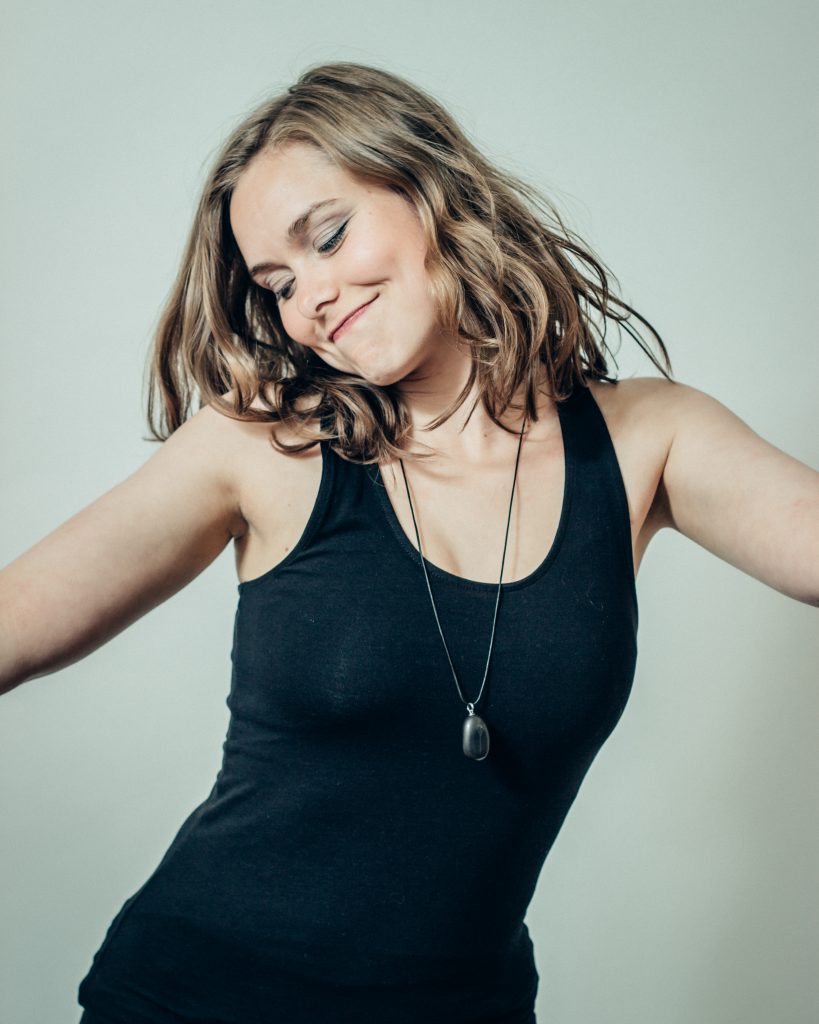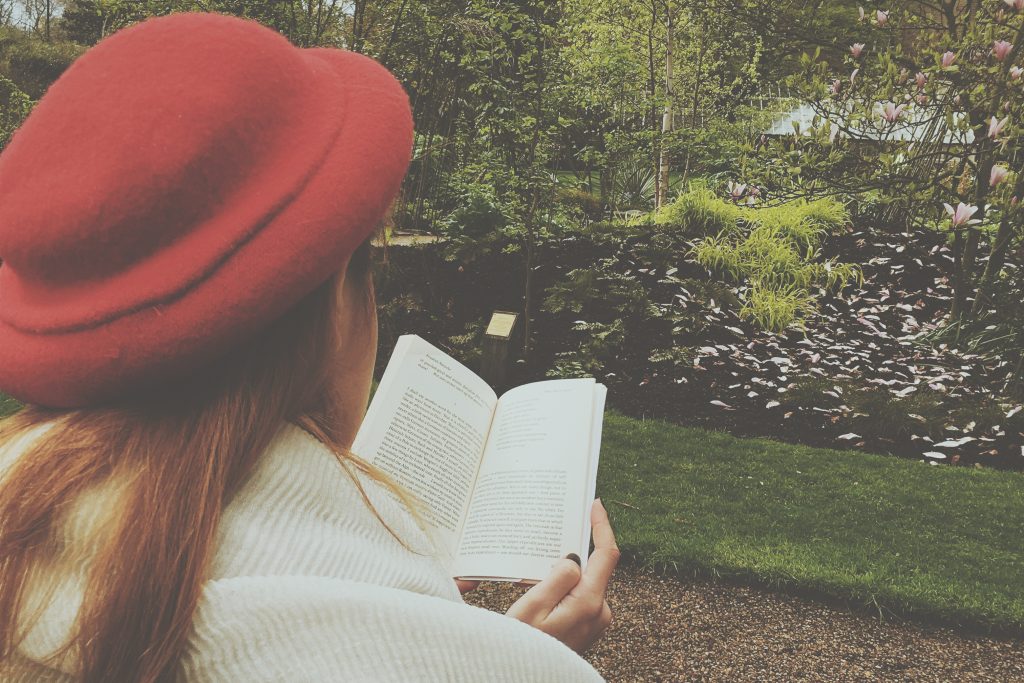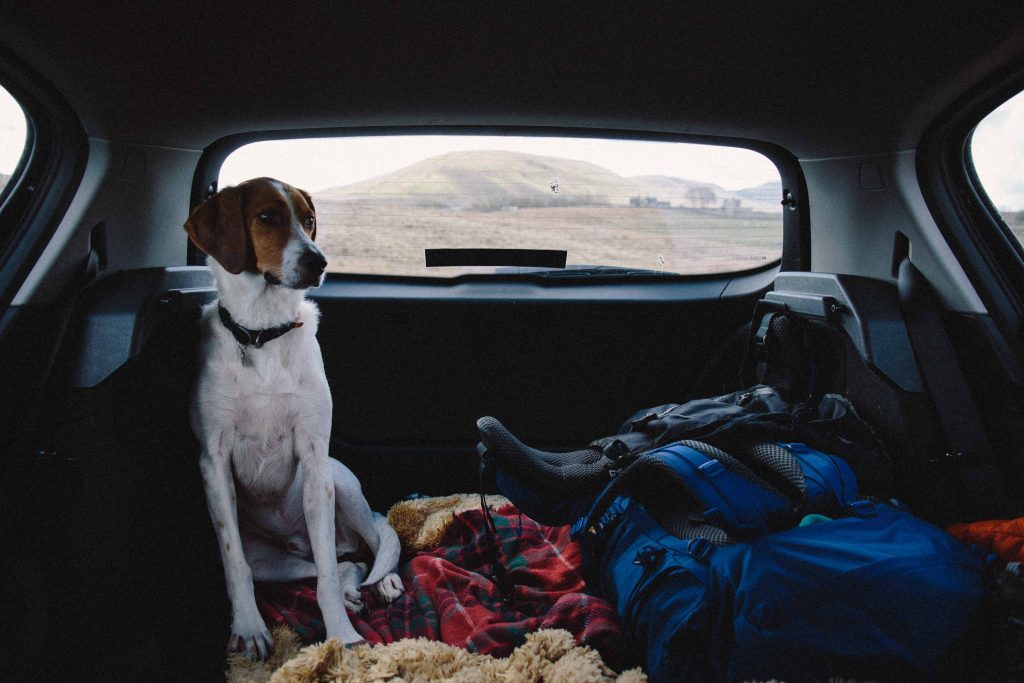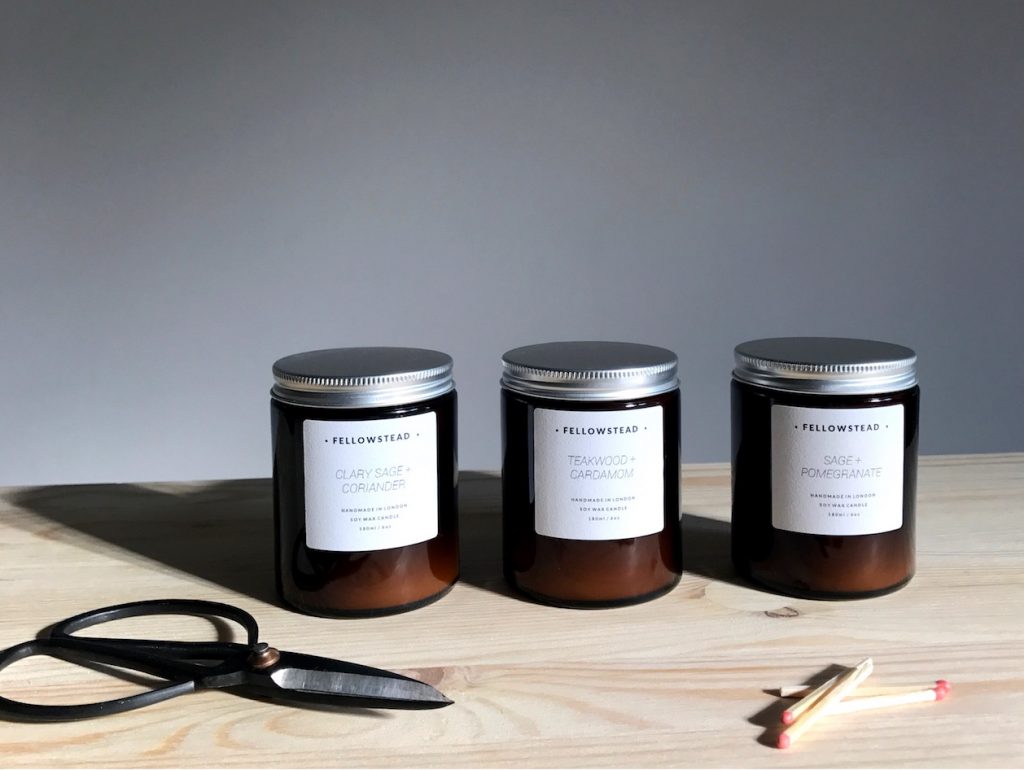We have reached a point in modernity in which everything is sexualised, and yet, they inconceivably rejuvenate the erotic power within us. We are ill-fated to be in an area between our eyes and images, where erotica is narrowed into pornography. In such state, our sensations lack feeling – we cannot perpetuate creativity and harmony any longer. Who can then guide us to find Eros?
Barcelona-based design agency Folch launched Odiseo in 2011 as an editorial book/magazine series to explore and celebrate eroticism. Combining literary and visual art forms, Odiseo has a critical stance towards the mainstream male-oriented nudity forced upon by mass and social media. Odieso brings erotica back to its roots with its central agent – artistic imagination that enacts transcendence, curiosity and mystery.
Their latest issue Odiseo Vol. 8 ponders the forms of ‘Encounters’ we have, from the virtual but not always virtuous Tinder ones to those we might have in a future utopia. On another issue, the strapline promises , “A publication you can read on a plane”, which clearly indicates Folch Studio’s intention to bring a moment of erotic interlude into our daily lives. How, the founder & creative director Albert Folch and the co-partner &branding consultant Rafa Martínez disclose the process of crossing the boundaries of traditional erotic publishing.
Photographer: Claudia Grassl @ Rene Hauser
How do you define eroticism?
Eroticism pours from bodies but has its own soul.
‘Sexy’ and ‘erotic’… Synonyms?
We believe that eroticism lies in a more profound level and more primitive desire than ‘sexy’.
Is erotica without nudity possible?
Eroticism is not about nudity itself; it is about body language, intentions and desire. A fully dressed body could transmit more desire and eroticism than a completely nude one. We believe that, mystery is somehow even more fascinating. We play with abstraction, and what at first sight does not seem erotic at all triggers the imagination on a higher level.
What made you start these series?
Odiseo stems from a huge need to explore. We wanted to seek a visual, unique and personal vision of eroticism, to dig into new formats, to elude conventions. Odiseo redefines the confines of traditional erotic publishing by combining sexual imagery between art and erotica with insightful philosophical essay delving into universal themes.
What kind of ‘erotica’ do you aim to create?
We aim for not only a visual experience, but for an intellectual seduction as well. Our eroticism shouts in the unseen: it is contradictory, mysterious, intellectual and visceral at the same time.
Odiseo… What is the relation to the mythical Greek hero?
The name comes from multiple ideas. First, we wanted a name that could work on a worldwide level and be easy to understand without translation for the English speaking market, but which remained true to our roots in the classical tradition. And Ulysses—the Latin translation of the Greek Odysseus—meant to us curiosity, bravery, youth and beauty.
Moreover, we were fascinated by the aesthetic value of the word itself: it features a harmonious and sensual combination of letters, and the word starts with the same letter as the one it ends up with. Finally, we felt that using a masculine name for an erotic publication, which generally features feminine nudes, was providing a subtler and more refined vision of erotica.
Photographer: Eliot Lee Hazel eliotleehazel.com
In the age of hypersexuality, what kind of niche are you filling with Odiseo?
Being erotic means being able to seduce, and it cannot just be visual—it has to be on a mental level too. Which maybe is not the most usual component in erotic publications. By combining sexual imagery with insightful essays, Odiseo again represents the concept of a hybrid—it is both for men and women, magazine and book, instinctive and rational.
How has been the process of curating nudity that is gracious?
Many of the artists we had the pleasure of featuring in Odiseo share this sensibility, they know that human body is a canvas you can gently play with.
Do you think you share the same understanding and aesthetics of eroticism with the artists you work with?
We usually reach out to the photographers, artists and writers that we believe we share the same values and aesthetics, but sometimes they come to us first. Through conversations and exchanging ideas, we agree on a mood and concept of the shooting, artwork or essays and we bring it all together within one common determiner.
How are you reflecting the ways in which ‘erotic’ manifests themselves in masculine and feminine forms?
We do believe there is probably an unprecedented consciousness the world has never experienced before in our lives. It is hard to say whether it is the genders turning vague or just that the gender consciousness is more fluid than the past. Of course, more freedom means more chances to explore sexuality, to know oneself better. And it means also more chances of re-vindicating of who you are. We are continuously searching for a more conceptual vision of what erotica is—and this is something too ethereal to be enclosed in gender.
You feature quite a bit of nipples – that is restricted material on social media. Was this a conscious decision?
We had our share of the censorship on social networks, of course. The female nipples are censored but the male’s are not, that is just absurd. Though the problem does not lie in the terms and conditions of Instagram, but in the global sexualising and objectifying of the female body. The most natural body parts become something to censor while young teenagers objectified in clothing adverts are publicity.
Photographer: EskenaziEncursiva http://www.eskenaziencursiva.com/
Why do you have the hybrid format of a magazine-book?
We wanted Odiseo to offer a more complex and intriguing take on eroticism; to create quality time for its readers, attract and mysteriously fascinate its viewers. The format itself also lies in the aim of creating timeless content treating global topics in shape of interviews and essays, something of an ephemeral format, such as a magazine does not usually possess.
How do you think you manage to escape from the mainstream “male gaze” approach?
With Odiseo, we are gender-conscious in a way that we aim to neutralise strict categorisations by featuring a mix of sexual imagery and poignant art essays. In doing so, we are enabling the gradual move away from genres and stereotypes as well as fleeing the conventional predominance of men in erotica. We believe that eros lies in a more profound level and primitive desire: this is why we are in the constant search for a more abstract and conceptual vision of what erotica is. Eroticism is too ethereal to be enclosed in gender bias.
What is the future of Odiseo?
As the publication had a global success, many new ideas have sparked in our mind. We are very excited for the release of volume nine. At the moment we do not see an end to the series, rather an evolution.
